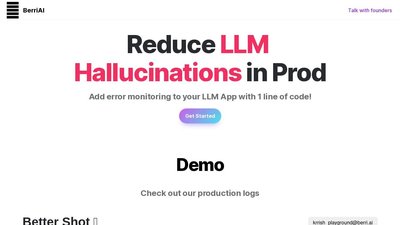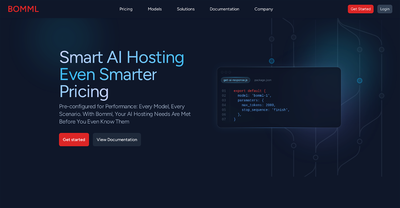Comp AI

Comp AI is a strong tool made to help businesses with compliance. It assists companies in meeting key standards like SOC 2, ISO 27001, and GDPR by turning compliance into a problem that can be fixed with code. This makes everything quicker and more efficient.
Benefits
Comp AI has many plus points. It automates evidence collection, policy management, and control implementation. This means less work by hand and more accuracy. It also allows users to keep control over their data and infrastructure, which is crucial for safety and privacy.
Another big plus is its flexibility. Comp AI is open source, so users can set it up on their own servers. There is also a commercial license choice for extra features and support. Plus, users can join a waitlist for a cloud hosted version, giving them different ways to use the platform based on their needs.
Use Cases
Comp AI is perfect for any group that needs to meet compliance standards. It is very helpful for companies that want to automate their compliance steps and save time and money. Whether you are a small startup or a big company, Comp AI can help you stay compliant easily.
Pricing
Comp AI offers different pricing choices. The open source version is free to use, but there is also a commercial license for enterprises that need extra features and support. This makes it a budget friendly option compared to other costly compliance platforms.
Vibes
The public likes Comp AI. Many see it as a game changer in the compliance world. Its aim to help 100,000 companies achieve compliance by 2030 shows its promise to make compliance easy and affordable for all.
Additional Information
Comp AI is built with modern tools like Next.js, Trigger.dev, and Prisma. It works well with major HR, cloud, and device management systems. This makes it simple to use with tools you already have.
Comp AI is a smart solution that makes compliance easier for businesses. Its automation features, flexibility, and budget friendliness make it a top pick for any group looking to stay compliant with key standards.







Comments
Please log in to post a comment.